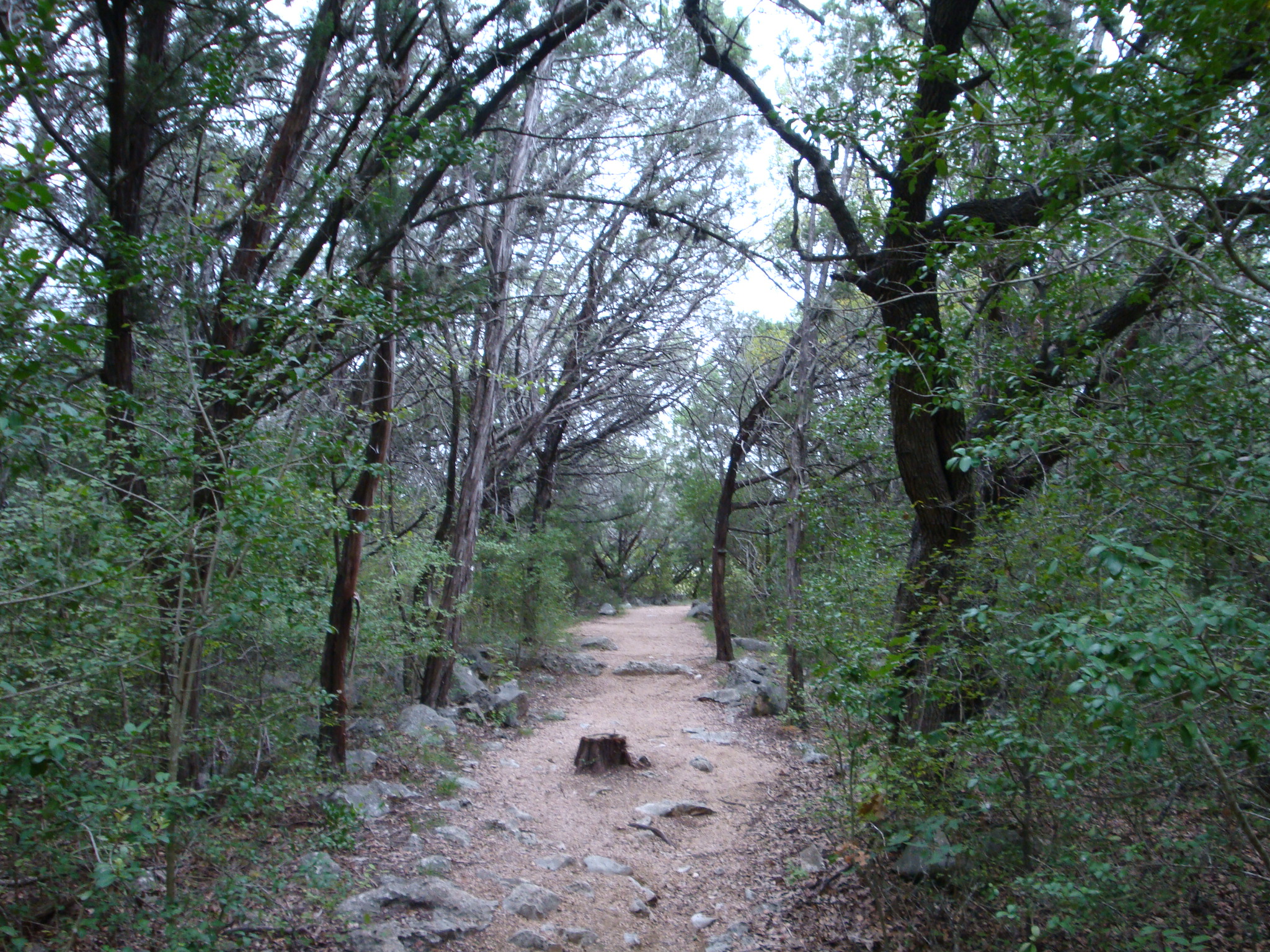With the end of another winter upon us, I’m reminded of my mom’s summertime refrain: “David, go outside and play!” Here’s a list of ten …
10 Tips for Landscaping with Kids
Culpeper VA, DC Landscape Design, Design, DIY Landscaping, Landscape Design, Landscape Design for Kids, Loving the Lawn, Maryland Landscape Design, Northern Virginia Landscape Design, Virginia Landscape Design ·

